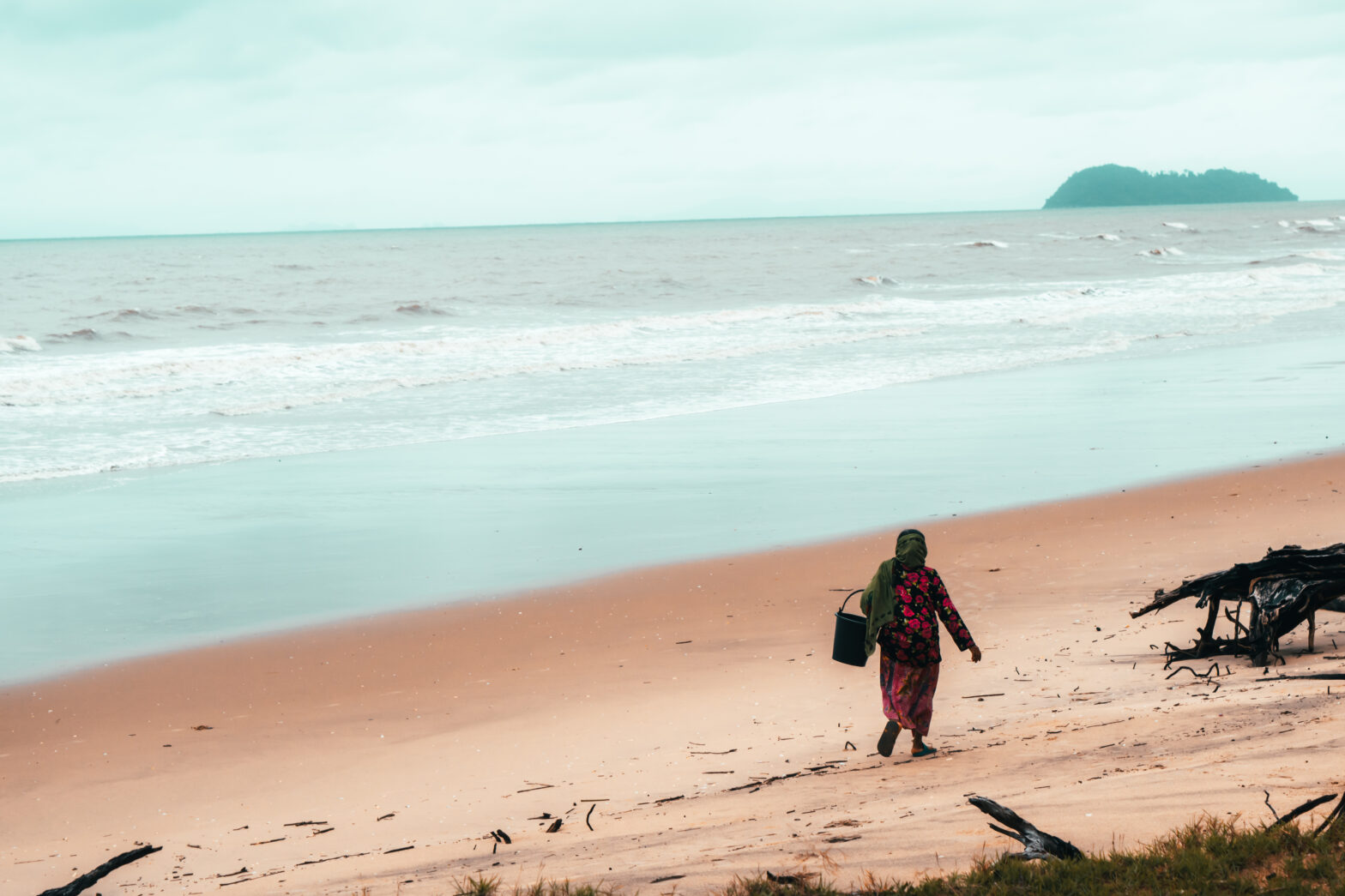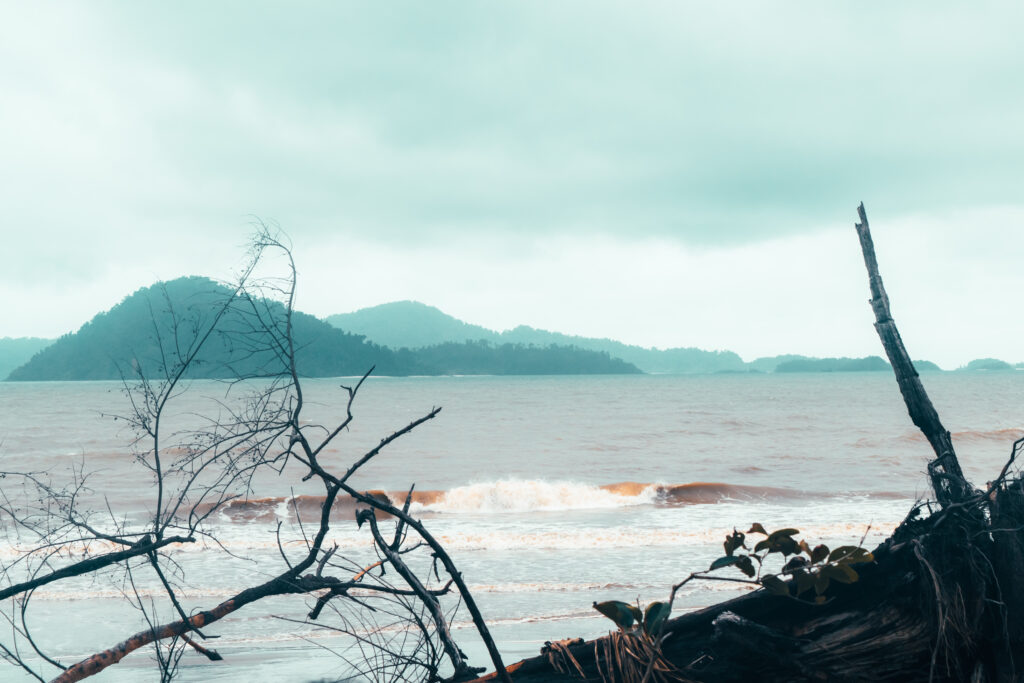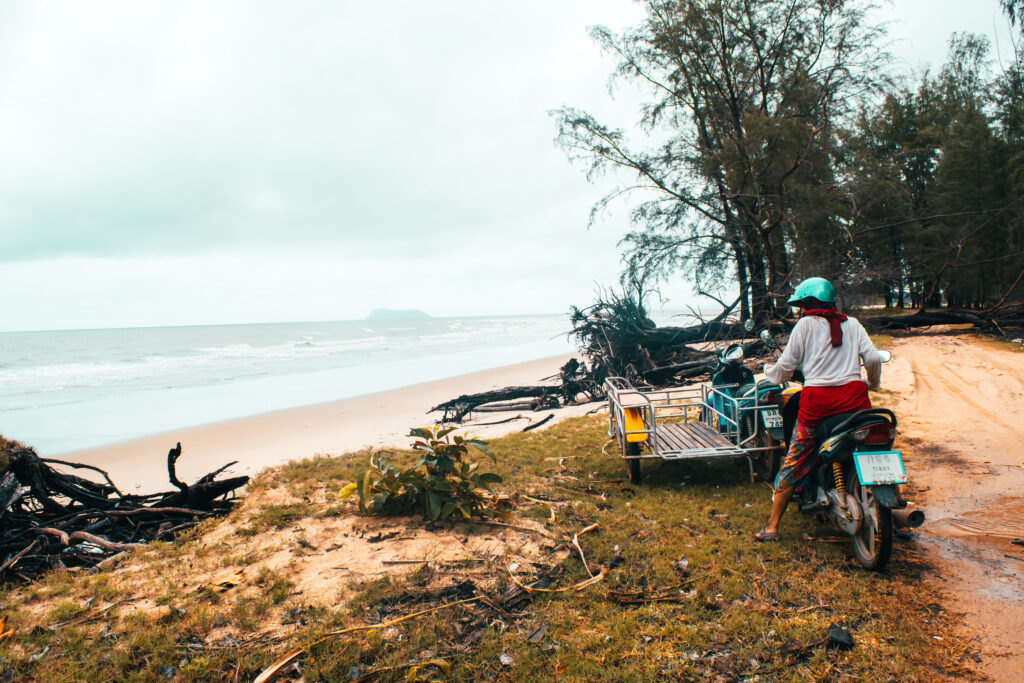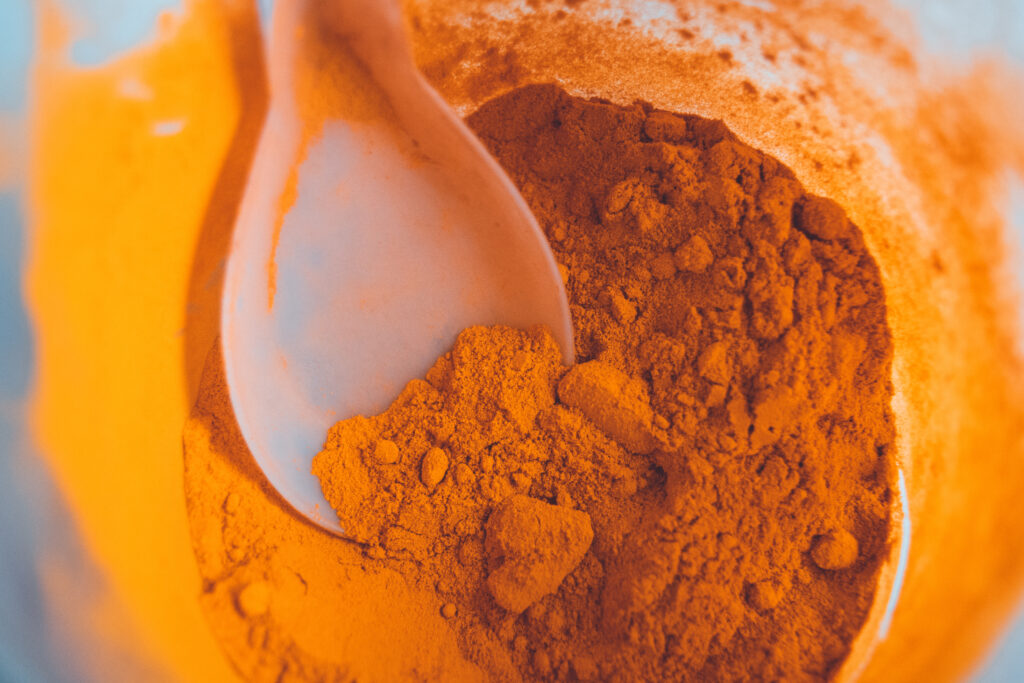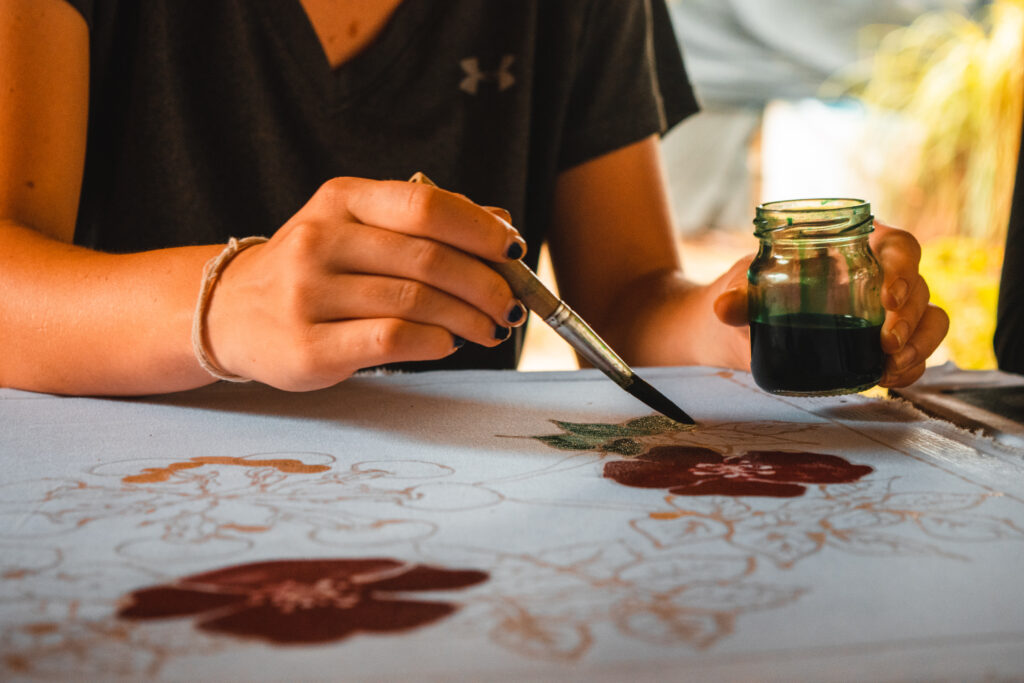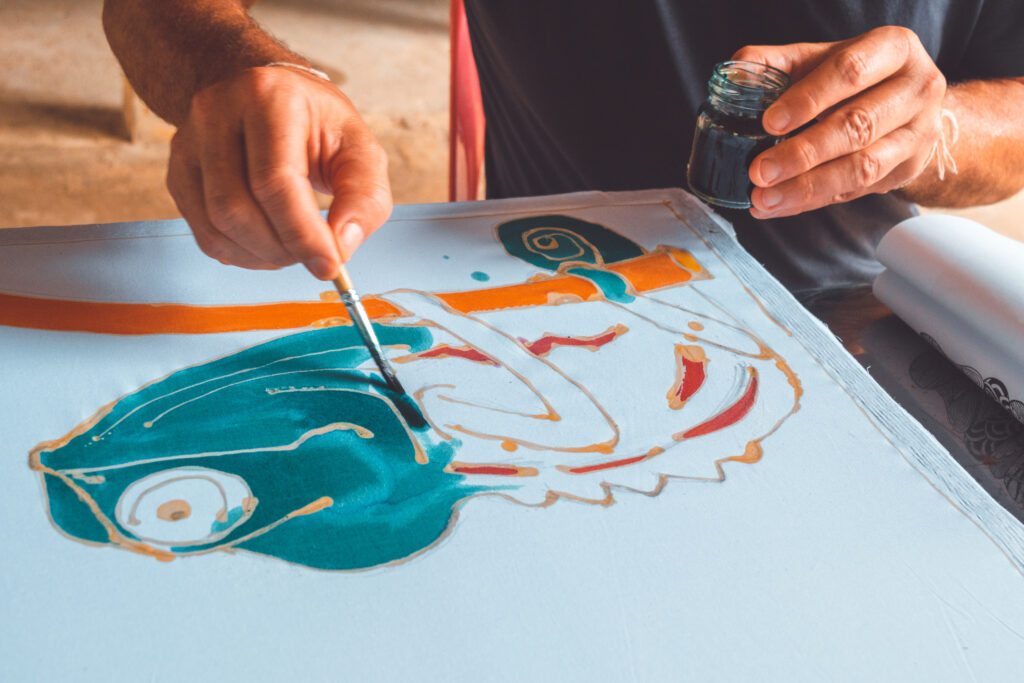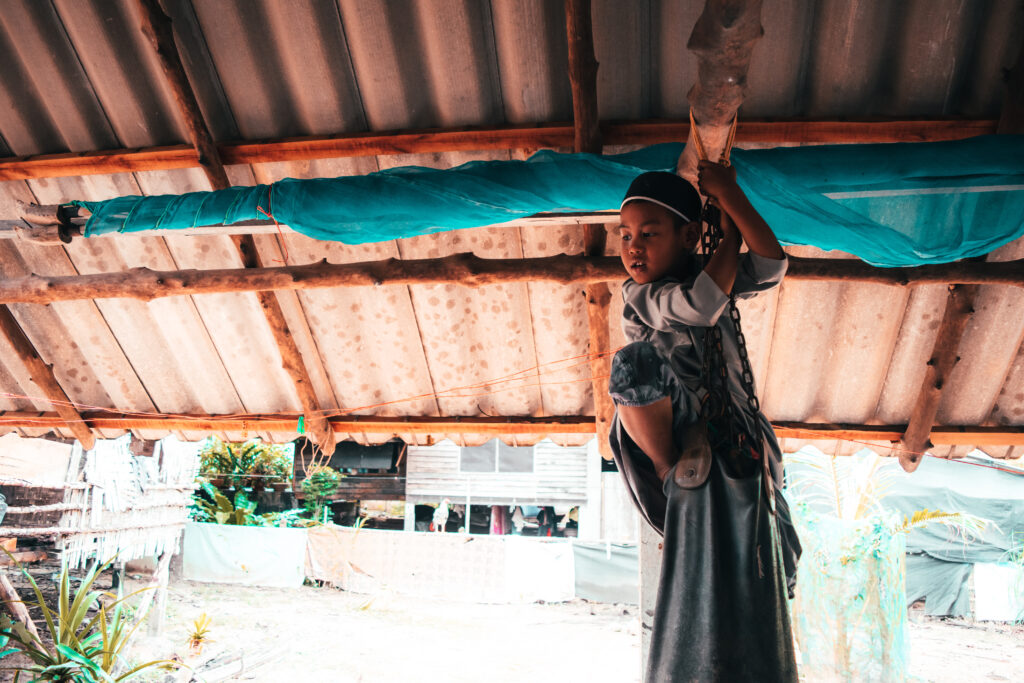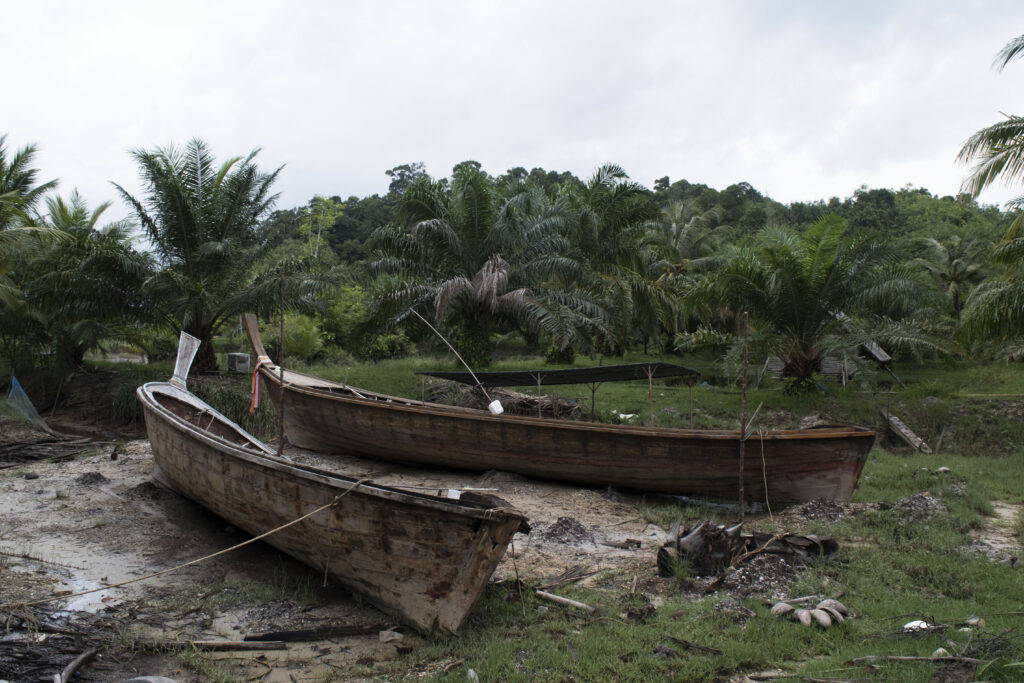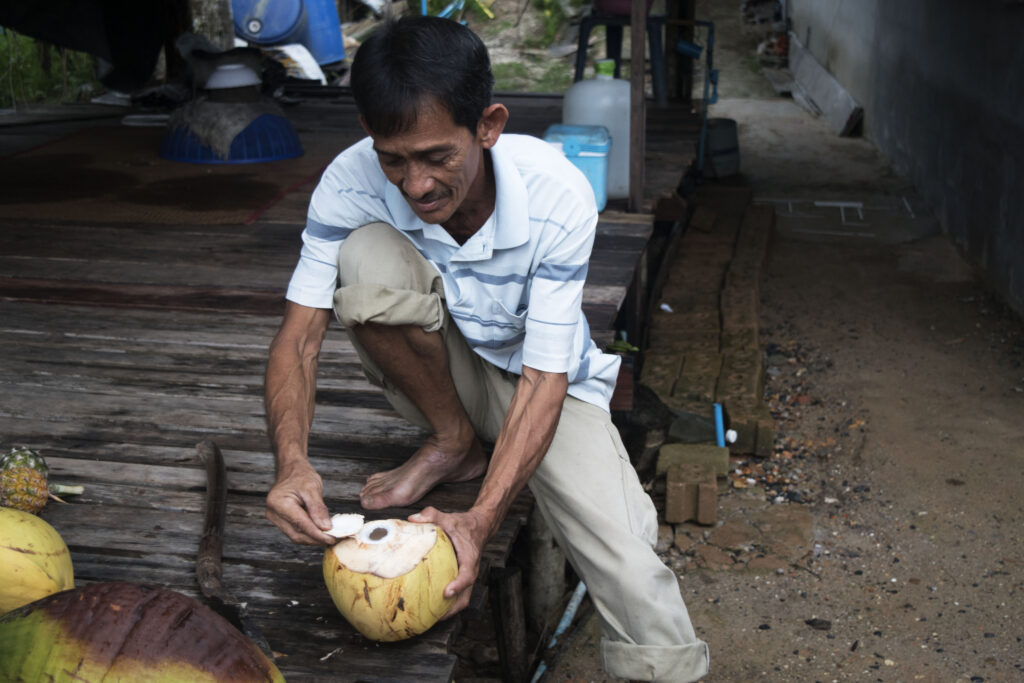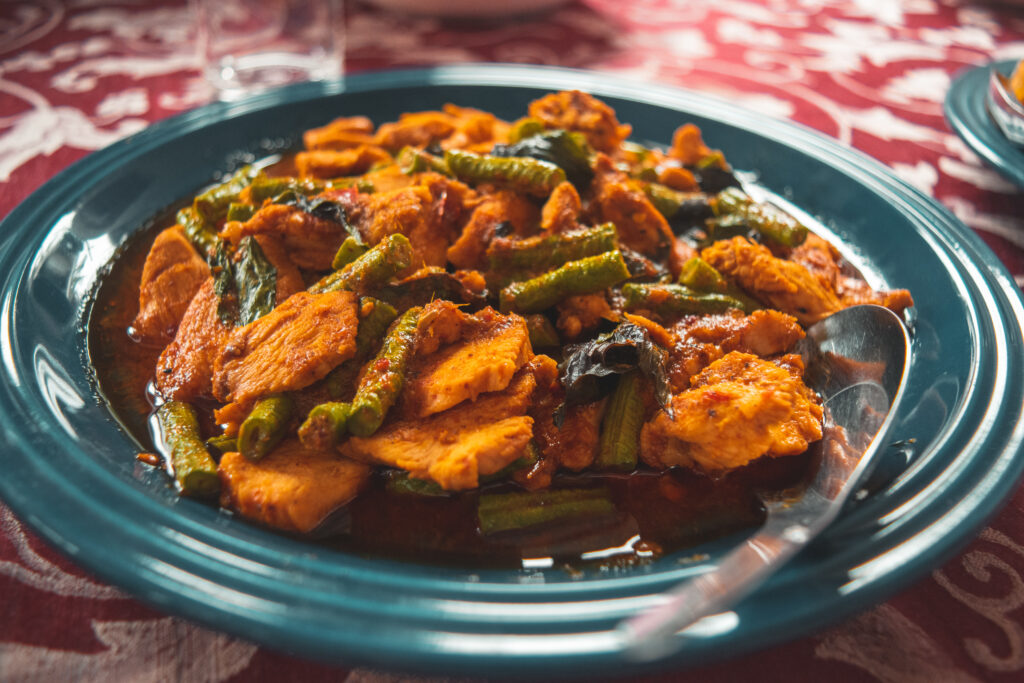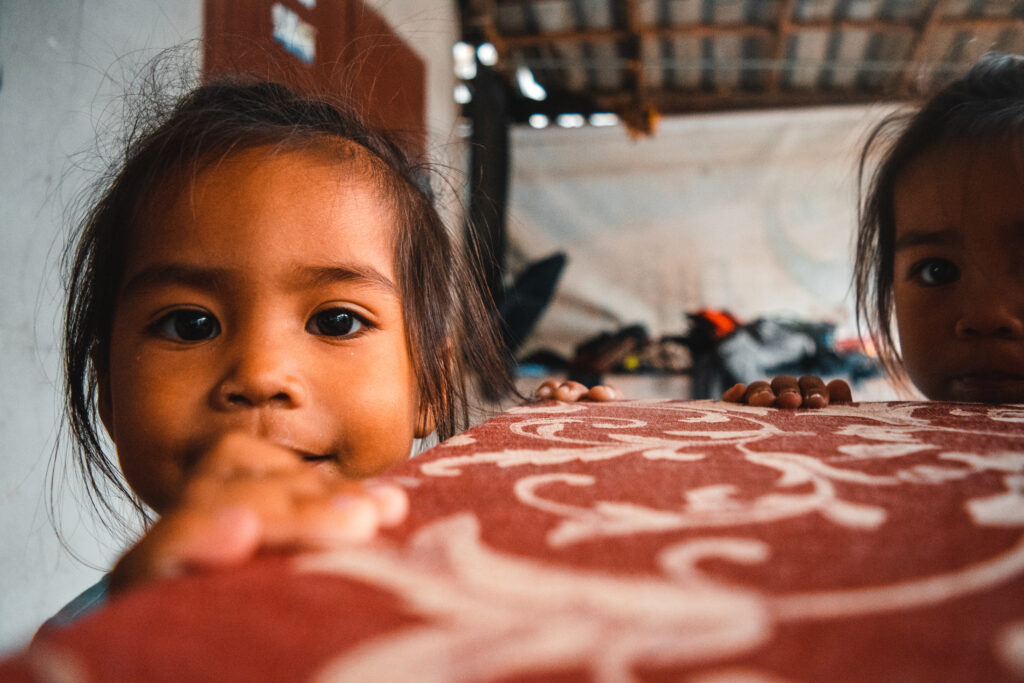Our old silver Toyota bounced back and forth down the muddy path. It was the height of the monsoon season and its wheels struggled to find a stretch of solid ground as the rain thundered down on the metal roof. To the right lay a labyrinth of mangrove trees that stretched for miles before reaching the mountains, and to the left a small collection of misty islands rising out of the dark grey sea. Small muddied waves broke quietly onto the sand. The gloomy water was peaceful, easy to forget its deadly potential. But there was history here.
The small seaside village of Ban Talae Nok sits along the shore of southern Thailand’s Andaman coast and is home to a largely Muslim population, a rarity in a country that is almost entirely Buddhist. Sadly, discrimination against Muslim groups within Thailand has not been uncommon, and the country’s religious tensions have occurred primarily in the south due to the proximity to Malaysia, a predominantly Muslim country.
The town is a small, yet lively, place. The community is situated around a single paved road that runs through its center, with gravel back-streets shooting off from the asphalt into the adjacent neighborhoods. During the afternoon it became clear that the paved road was rarely used by motor vehicles, occupied instead by cows, carts, and children at play.
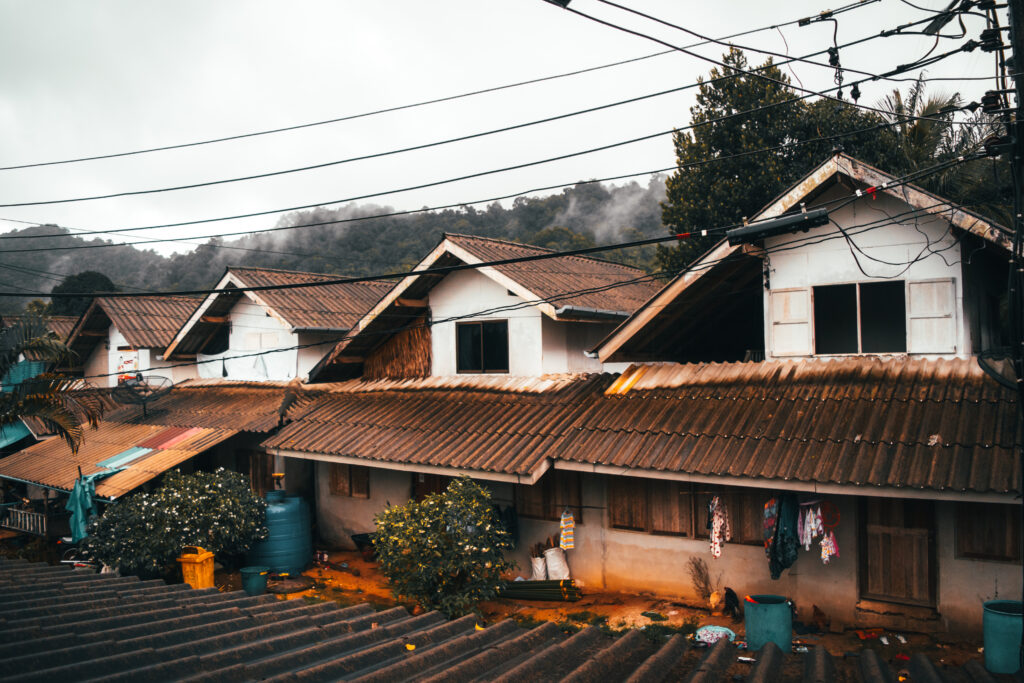
At night, the residents returned to their homes. A dense mist pushed inland from the shore and snaked though the jungle valley, smoke poured out of candle-lit windows as religious hymns echoed across the street, and the evening sky turned a Prussian blue as a blanket of twinkling stars coated the night sky.
I counted the constellations from the second story balcony of a small white-walled home on the southern edge of the village before being summoned downstairs for a late-night dinner of spiced chicken, pumpkin, and rice. It was Ramadan, and the family with whom I stayed had fasted until sunrise.
After dinner, the owner of the house joined my travel partners and I outside on the patio. She was an older woman, yet spoke with youth in her voice, and we were able to communicate through basic translations.
I showed her images on my phone of family, friends, and adventures from back home. She pointed, smiled, and laughed, showing genuine interest in who I was and what my life had been like back in California. I found it amazing that I could so easily connect with someone who spoke a different language, followed a different faith, and lived in a different country, though perhaps I shouldn’t have been surprised after all.
My friends and I told her that if she had any questions for us, we would be happy to answer. The first and only question she asked, relayed through loose translations, was this:
“Why would you choose to live in these conditions when you have a comfortable life back home?”
Looking back, she had a point. Why would anyone travel from a place where they are happy and stable to a place they have never been before? It is true that change can be uncomfortable, however change can also bring immense growth. This is especially true in regard villages like Ban Talae Nok.
As the night became darker, the wind grew stronger, carrying with it the patchy rains we had grown accustomed to during our stay in the village. From I lied awake in my bed that night, I could still hear the faint sound of the waves breaking onto the beach. No matter where you are in Ban Talae Nok, the shore is never far. However, the village’s relationship with the sea is as complex as the maze-like swamp between them. It has brought the people life by providing sources of food, pathways for transportation, and a gateway for trade, but it has also brought immeasurable hardships.
On the morning of December 26th, 2004, the village was decimated by the historic Boxing Day tsunami. According to a survivor who witnessed the impact of the first wave, the water came higher than the trees, roughly 7 meters, or 23 feet, in height. As if the devastating of the first wave wasn’t enough, the brunt of the damage actually came from the second, for its water carried the debris from the first. Out of the 200 residents of Ban Talae Nok, 153 survived. The most severe physical damage was done to the thirteen beachfront houses that were used as stay-over destinations for the fishermen during the jellyfish migrations. Ruins still dotted the sand bar as we floated past.
In the summer, the men of the village are drawn out to sea on their long tail boats to catch jellyfish for harvest. Wielding their massive nets, these fishermen can bring in hundreds of jellies per boat with each excursion. The catch is then taken to a large wooden mechanism on the shoreline to be harvested and prepared for export. This had historically been Ban Talae Nok’s largest industry, until the tsunami hit.
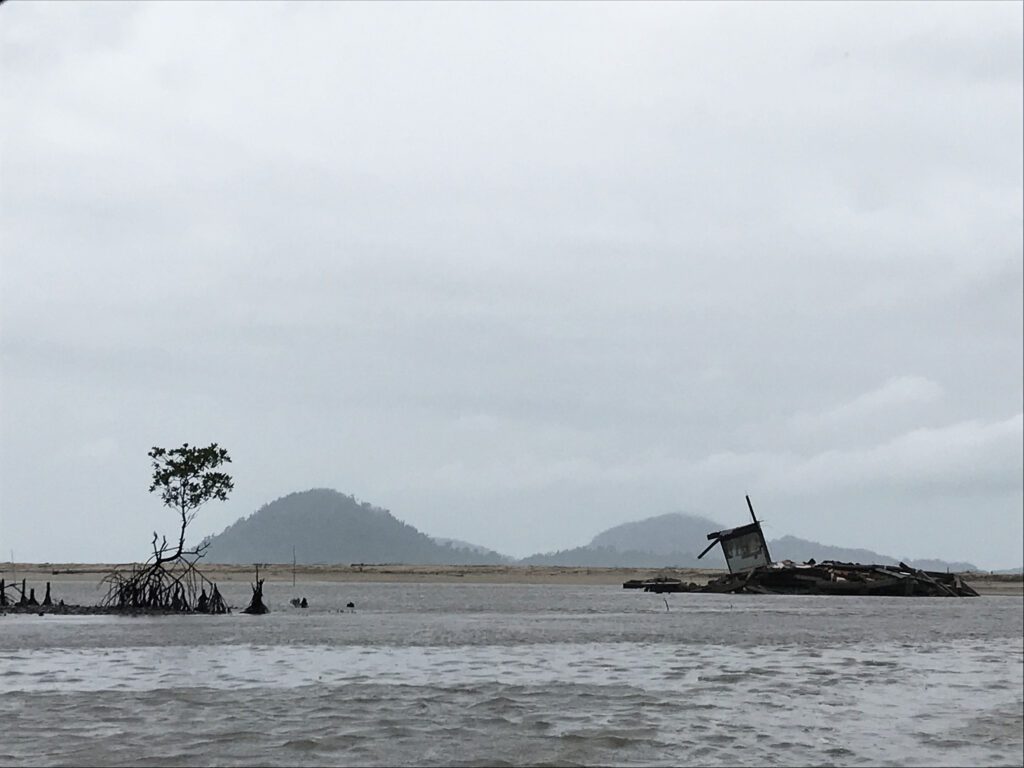
Tourism-based activities, such as mangrove swamp cruises and bamboo weaving, have become important sources of income for the community. The people have had to adapt to the spotlight put on them by both charity and travel organizations, as community-based tourism slowly became the new central industry of Ban Talae Nok.
Through non-profit organizations and tour companies, foreigners have been welcomed into the homes of local residents, worked in the workshops of local residents, and learnt from the experiences of local residents.
“I am happy you are here, but the only problem is we can’t speak.”
She was right. Even with the aid of our translator, we were only able to ask relatively simple questions. Our translations would not be exact, for our translator and our host spoke different in dialects, though we were able to grasp the essentials of each conversation and grew more and more enlightened as the night went on. We asked her about the presence of tourism in her village and how that has impacted her life. So far, she remarked, the industry has proven to have many benefits. Outsiders who come to Ban Talae Nok and meet the people who were personally affected by the tsunami can gain a new respect through understanding and bring the stories from the Village by the Outer Sea back home.
But tourism can also have its drawbacks, she explained...
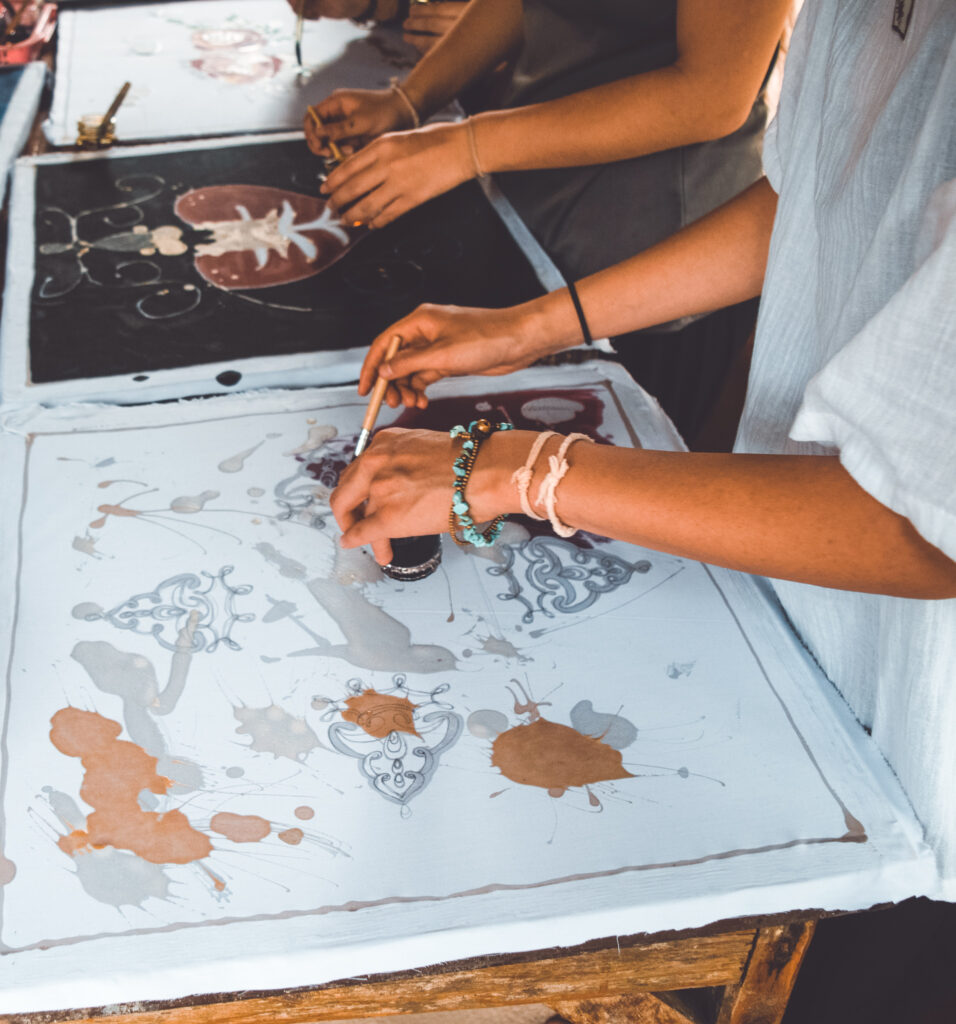
“Everything is so much more expensive in Thailand now, but the income is still the same.”
Our translator knew the numbers: “15,000 baht, divide that by 30, that’s a good 500.” What he meant was that 15,000 baht a month is a salary of roughly 500 baht a week, equivalent to fifteen U.S. dollars. “That’s the local income of a Thai,” he said, before quickly adding, “if you have a degree, that is.”
Well, what if you don’t have a degree?
“The construction workers get approximately 500 baht a day, but the work is not steady. You don’t get a contract. Pickup trucks… In the morning you see them everywhere. They just pick up people who can work for the day. If you’re lucky, you receive a project for a couple of days.”
Prices in Thailand, especially in southern areas like the resort-filled Phuket, are heavily catered to tourists. What about the local people? What about those who cannot even work?
“For villagers who don’t work,” our host explained, “the government will pay for a Medicare-like program…when you go to the doctor you can pay 30 baht as a deductible. So you pay and the government forces the hospitals to accept you.”
As we were talking, two young twins, no older than 3 years, ran out to the table and climbed atop their mother. She smiled, then shooed them away. The two giggled and stared in fascination at us, the foreigners, before disappearing back into the house.
“The kids on Saturday and Sunday go to study Arabic,” our host said, looking off into the night. It was getting late and nearly time to head back inside, but not before we were taught an Arabic saying:
Alhamdulillah.
“It’s an Arabic blessing. May God be with you.”
The saying can hold many meanings and is used within many Thai-Muslim communities. After our brief lesson, we bid farewell and retired to our mosquito nets.
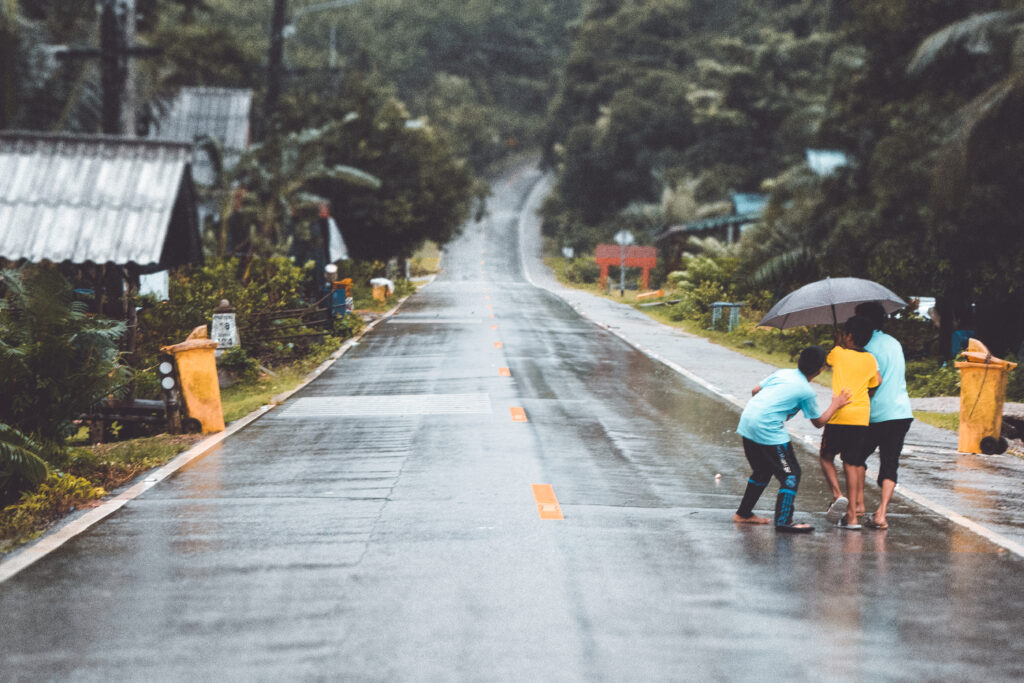
The people of Ban Talae Nok are resilient and strong. Although they have had to adapt to the new and rising industry of community-based tourism, they are making the most of the resources at hand and are steadily rebuilding their lives. It is a truly remarkable sight to see children dance down a village road that had been demolished by a tsunami just over a decade before. The future looks bright for this vibrant seaside community.
. . .
